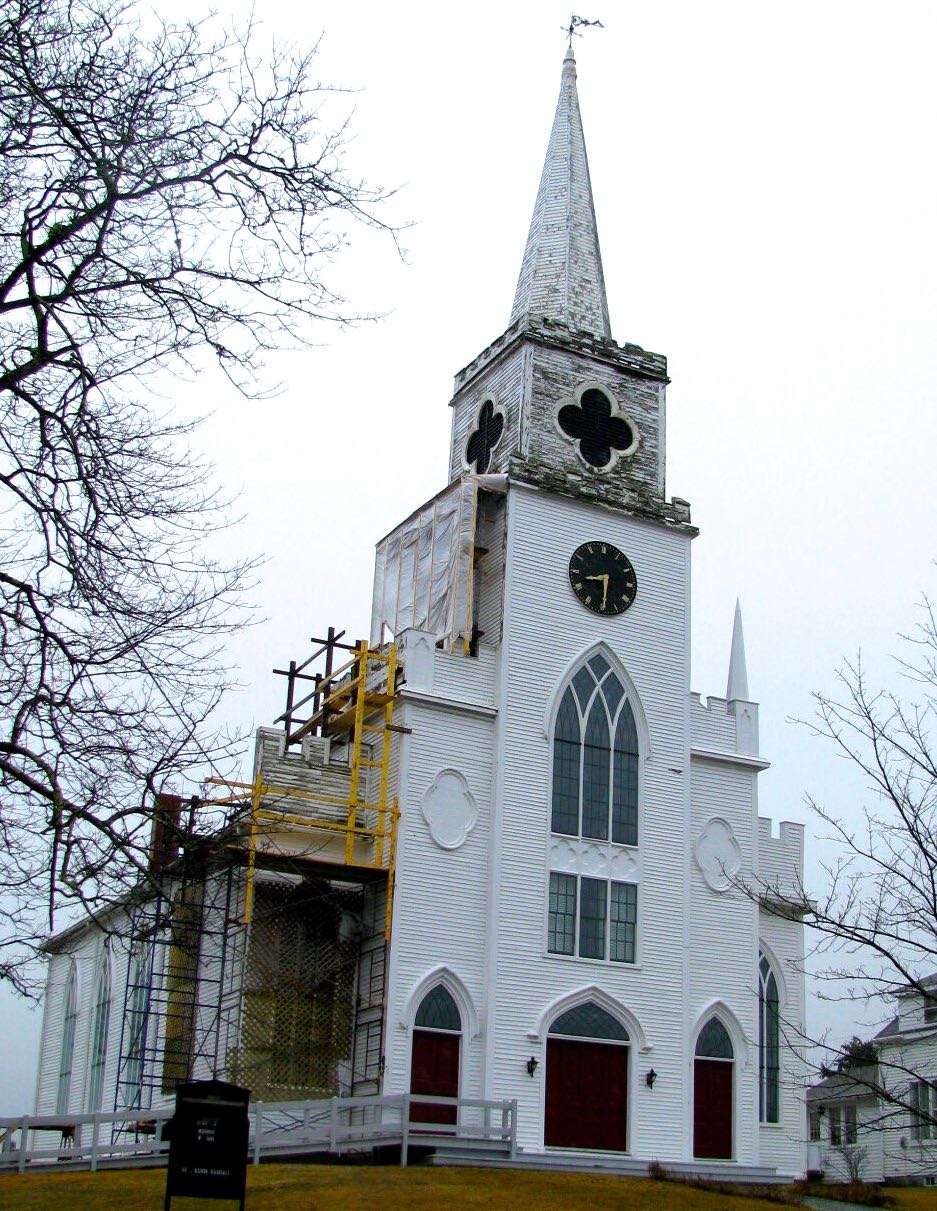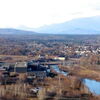
Processing Your Payment
Please do not leave this page until complete. This can take a few moments.
- News
-
Editions
-
- Lists
-
Viewpoints
-
Our Events
-
Event Info
- Business Leaders of the Year Reception 2025
- Women's Leadership Forum 2025
- On the Road with Mainebiz in Bethel
- Health Care Forum 2025
- On The Road with Mainebiz in Greenville
- On The Road with Mainebiz in Waterville
- Small Business Forum 2025
- Outstanding Women in Business Reception 2025
- On The Road with Mainebiz in Bath
- 60 Ideas in 60 Minutes Portland 2025
- 40 Under 40 Awards Reception 2025
- On The Road with Mainebiz in Lewiston / Auburn
- 60 Ideas in 60 Minutes Bangor 2025
Award Honorees
- 2025 Business Leaders of the Year
- 2024 Women to Watch Honorees
- 2024 Business Leaders of the Year
- 2023 NextUp: 40 Under 40 Honorees
- 2023 Women to Watch Honorees
- 2023 Business Leaders of the Year
- 2022 NextUp: 40 Under 40 Honorees
- 2022 Women to Watch Honorees
- 2022 Business Leaders of the Year
-
-
Calendar
-
Biz Marketplace
- News
- Editions
- Lists
- Viewpoints
-
Our Events
Event Info
- View all Events
- Business Leaders of the Year Reception 2025
- Women's Leadership Forum 2025
- On the Road with Mainebiz in Bethel
- Health Care Forum 2025
- On The Road with Mainebiz in Greenville
- + More
- On The Road with Mainebiz in Waterville
- Small Business Forum 2025
- Outstanding Women in Business Reception 2025
- On The Road with Mainebiz in Bath
- 60 Ideas in 60 Minutes Portland 2025
- 40 Under 40 Awards Reception 2025
- On The Road with Mainebiz in Lewiston / Auburn
- 60 Ideas in 60 Minutes Bangor 2025
- - Less
Award Honorees
- 2025 Business Leaders of the Year
- 2024 Women to Watch Honorees
- 2024 Business Leaders of the Year
- 2023 NextUp: 40 Under 40 Honorees
- 2023 Women to Watch Honorees
- 2023 Business Leaders of the Year
- + More
- 2022 NextUp: 40 Under 40 Honorees
- 2022 Women to Watch Honorees
- 2022 Business Leaders of the Year
- Nomination Forms
- Calendar
- Biz Marketplace
Preservation grant to breathe new life into East Machias church and Wayne Masonic Hall
 COURTESY / FRIENDS OF THE FIRST CONGREGATIONAL CHURCH
The steeple was repaired along with structural damage during phase 1 of a restoration project at the First Congregational Church in East Machias.
COURTESY / FRIENDS OF THE FIRST CONGREGATIONAL CHURCH
The steeple was repaired along with structural damage during phase 1 of a restoration project at the First Congregational Church in East Machias.
Maine Preservation will use $3 million in federal funds to rehabilitate the First Congregational Church of East Machias and Kennebec County's Wayne Masonic Hall, both of which were included on the nonprofit's 2021 list of Most Endangered Historic Places in Maine.
The money was included in the fiscal year 2023 Omnibus Appropriations Package approved by Congress last week.
Yarmouth-based Maine Preservation said in a news release that it would support the “adaptive reuse” projects with consultation, project planning assistance and funding to take the buildings “from imminent danger to become viable reuse projects, providing expanded economic, cultural, and community opportunity.”
"When stabilized and rehabilitated, these critically imperiled structures are slated to become economic and cultural stimulators in their rural communities, providing much-needed gathering spaces, public programs, and employment opportunities,” said Tara Kelly, was was named executive director of Maine Preservation in June 2021. She took over from Greg Paxton, who led the nonprofit for 13 years.
East Machias
First Congregational Church of East Machias, in Washington County, traces its origins back to the incorporation of the town in 1826. John E. Seavey oversaw the construction of the church 10 years later. Its scale and ornate design were a testament to the economic prosperity of the time, and the Carpenter Gothic architecture was a rarity in the state, according to the release.
Thomas Treadwell Stone, a Bowdoin College graduate, liberal Congregationalist, and early abolitionist, led the congregation into a revival with the construction of the new church. The church also had a long relationship with Washington Academy, which completed its first building down the road in 1823. The school held its graduation ceremonies at the church well into the 20th century.

The Friends of First Congregational Church of East Machias formed in late 2021 to rescue the landmark, which was at risk of collapse. The organization entered into a 20-year lease agreement with the dwindling congregation to conduct repairs and manage the church building as a community events and performance venue.
Rotted timbers at the base of the steeple threatened the structural stability of the building and have triggered compounding problems: water infiltration along the roof, failing exterior siding and trim, and cracking plaster in the sanctuary.
In 2022, the structural stabilization of the steeple was completed, thanks to $475,000 in contributions from individuals and foundations.
But work remains. Phase 2 will focus on improving accessibility and functionality, as well as restoration of the sanctuary and remaining facades.
The full restoration is slated to transform the church into a space for expanded community programming, including public performances and events, educational activities, exhibitions, public meetings and social gatherings.
It’s expected that the project will also serve as a leading example of how to preserve and adaptively reuse a historic church in rural Maine rather than submit to its loss, Maine Preservation said.
"As Washington County navigates amenity-led economic development, it is essential that the region’s cultural heritage is preserved through thoughtful community planning and the preservation of our historic architecture,” said Erica Famous, preservation project coordinator for the friends group.
Wayne
In Kennebec County, the 1867 Wayne Masonic Hall is the final remnant of a once-thriving industrial complex that spanned both sides of a stream below Mill Pond.
On July 1, 1863, a fire destroyed the sawmill, grist mill, shovel handle factory, match factory and the Johnson Woolen Mill. Having a building to house the Masons was so important to the town that W.H. Burgess, treasurer of the Asylum Lodge, commissioned a replacement in 1866, and construction was completed the following year.
The hall was used by local Freemasons into the 1980s, after which time it sat mostly vacant.
In 2016, the building was purchased by Sustain Wayne, a local nonprofit organization whose goal is to support the building’s survival into the future.

The hall needs immediate structural repairs and a secure envelope to protect it from the elements. Sustain Wayne received a $50,000 Community Development Block Grant for roof repairs and launched a capital campaign to raise the funds to complete the first phase of rehabilitation.
Phase 1 will address the most significant threats to the building: lifting the hall out of the floodplain, setting it on a new foundation, repairing the sills and repairing the roof.
Upon completion, the goal is to use the hall as a community hub, supporting educational and social opportunities through sustainability programming, local food initiatives, maker spaces, social gatherings and office space. The project is expected to provide expanded economic opportunities for at least six established, local artisans.













0 Comments